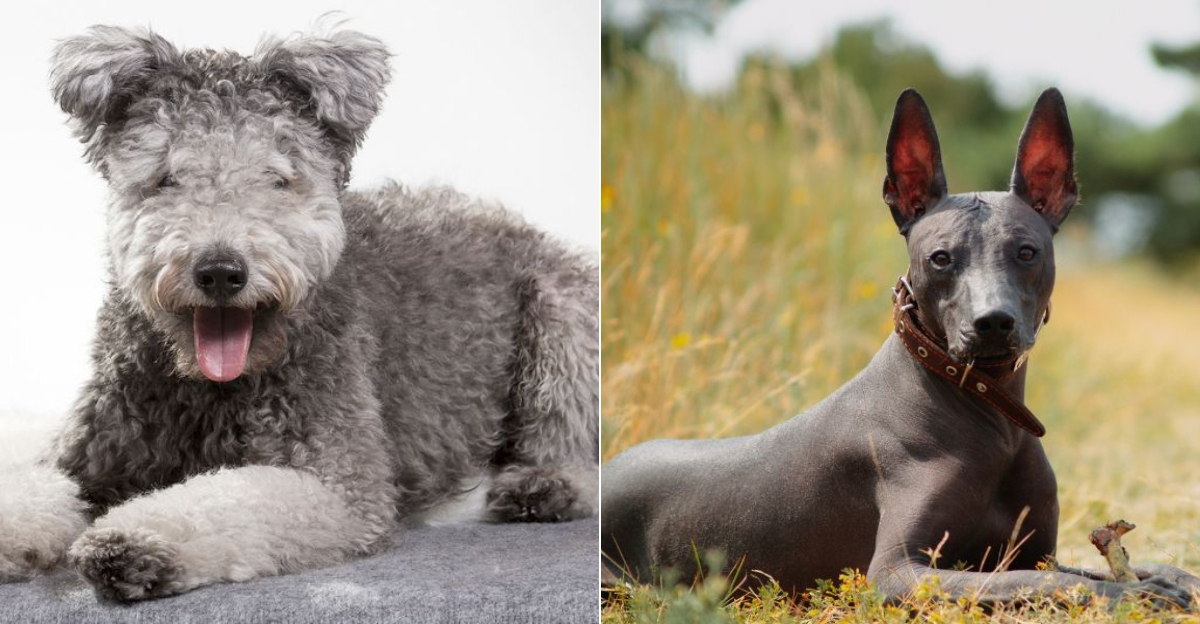California dog lovers, listen up. Everyone’s chasing the same old breeds, but something’s changing. Rare dogs are stealing hearts across the Golden State.
Why? Because they’re different—eye-catching looks, wild histories, personalities that stand out. I’ve got nine rare breeds that are making waves in California right now.
Ready to see what sets them apart?
1. Lagotto Romagnolo
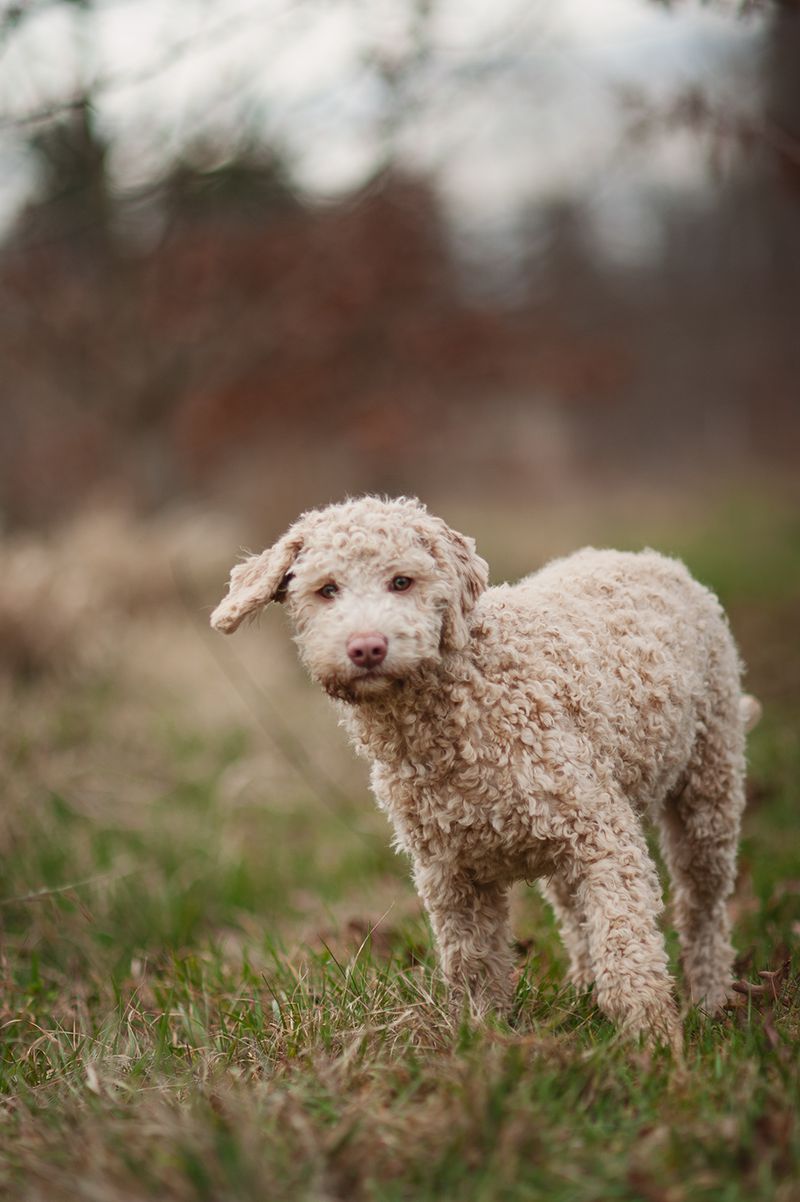
The first time I saw a Lagotto Romagnolo at a Bay Area dog show, I couldn’t believe those adorable curls were real!
These Italian water dogs with teddy bear looks are skyrocketing in popularity in California. Originally bred to hunt truffles in Italy, these intelligent pups have an incredible sense of smell that makes them natural scent workers.
Their hypoallergenic coats are perfect for California’s allergy sufferers, and their moderate exercise needs make them adaptable to both city apartments and suburban homes.
Fun fact: Lagottos are considered the oldest water retriever breed in the world, dating back to at least Renaissance Italy!
2. Azawakh
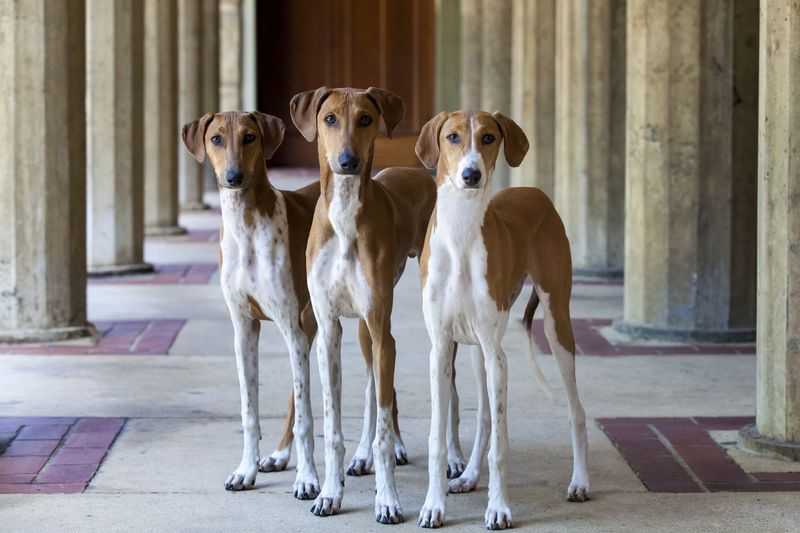
These African sighthounds are the epitome of elegance with their lean bodies, deep chests, and regal bearing. California’s warm climate suits these desert dogs perfectly.
Traditionally companion hunters to nomadic tribes in West Africa, Azawakhs form incredibly deep bonds with their families while maintaining an independent spirit.
They’re gaining traction with active Californians who appreciate their athletic abilities and minimal grooming needs.
Despite their delicate appearance, these dogs are surprisingly tough.
3. Thai Ridgeback
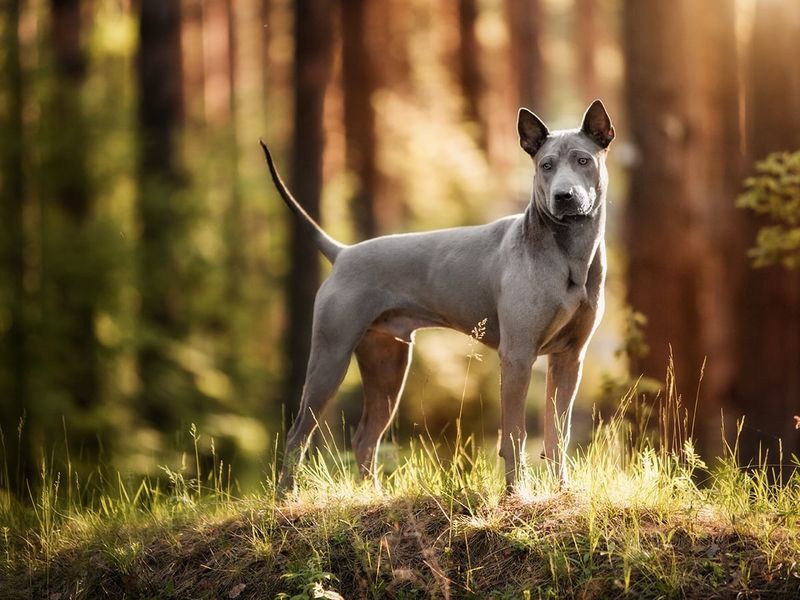
The namesake ridge of hair growing in the opposite direction along their spine makes these dogs instantly recognizable.
Ancient and primitive, Thai Ridgebacks are gaining fans in California for their independence and low-maintenance coats.
They excel in the state’s warm climate and active lifestyle scene. These intelligent protectors form strong bonds with their families while maintaining a healthy dose of self-sufficiency.
With only a few thousand purebred Thai Ridgebacks estimated worldwide, owning one in California definitely earns you unique bragging rights!
4. Norwegian Lundehund
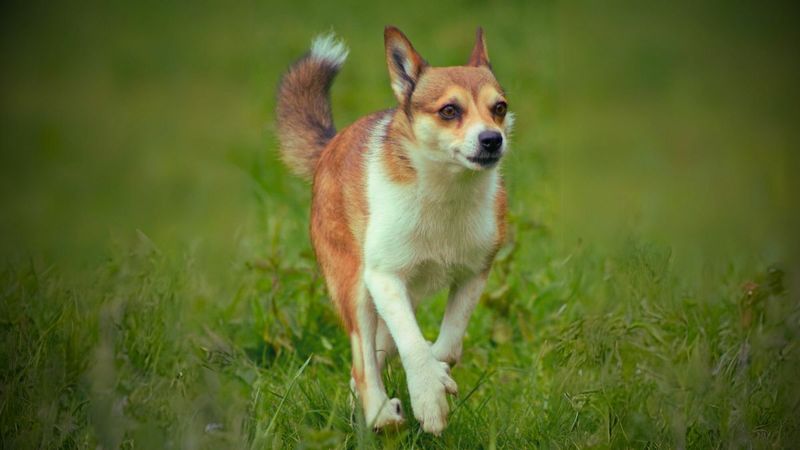
Six toes on each foot! That’s right – Norwegian Lundehunds are anatomical marvels.
These spitz-type dogs were bred for the specific purpose of hunting puffin birds on steep Norwegian cliffs.
Beyond their extra digits, Lundehunds can close their ears to keep out dirt and bend their heads backward to touch their spine – perfect for navigating tight spaces.
California’s active families are drawn to their playful, energetic personalities and moderate size.
Though they require experienced owners due to their specialized diets and health needs, Lundehunds’ rarity and fascinating history make them conversation starters wherever they go in the Golden State.
5. Barbet

“Barbet” means “beard” in French, and boy, do these shaggy water dogs live up to their name! I fell in love with these curly-coated charmers after meeting one at Huntington Dog Beach last summer.
California’s abundant waterways make perfect playgrounds for these natural swimmers. Barbets are intelligent, joyful companions who excel at water retrieval and are gaining popularity among active families who frequent the state’s beaches and lakes.
Nearly extinct after World War II, dedicated breeders have brought Barbets back from the brink.
6. Mudi
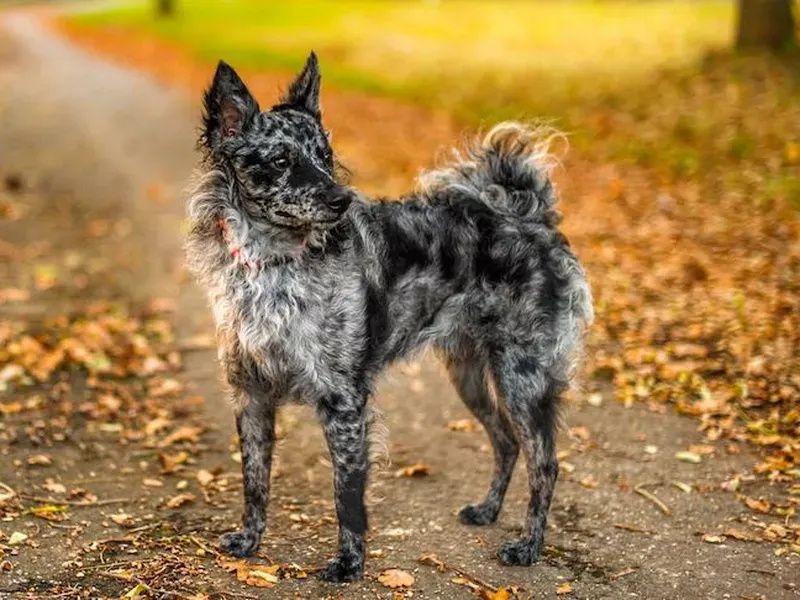
Watching a Mudi herd at a Sonoma County farm demonstration changed my understanding of canine intelligence.
These medium-sized Hungarian herding dogs move with such precision and purpose that it’s almost hypnotic.
With wavy coats in unique colors like merle and black-and-tan, Mudis stand out in California’s dog parks. They’re gaining traction among active families and those interested in dog sports like agility and flyball.
Mudis weren’t recognized as a distinct breed until 1936 and remain one of the world’s rarest herding breeds.
7. Pumi

Those corkscrew curls and expressive ears make Pumis impossible to forget!
Originally bred for herding in Hungary, these medium-sized dogs are finding their place in California’s active households.
Pumis form strong bonds with their families while maintaining an independent work ethic. Though they look like they’d need constant grooming, their coat actually just requires occasional combing and shaping to maintain those signature spirals.
8. Xoloitzcuintli
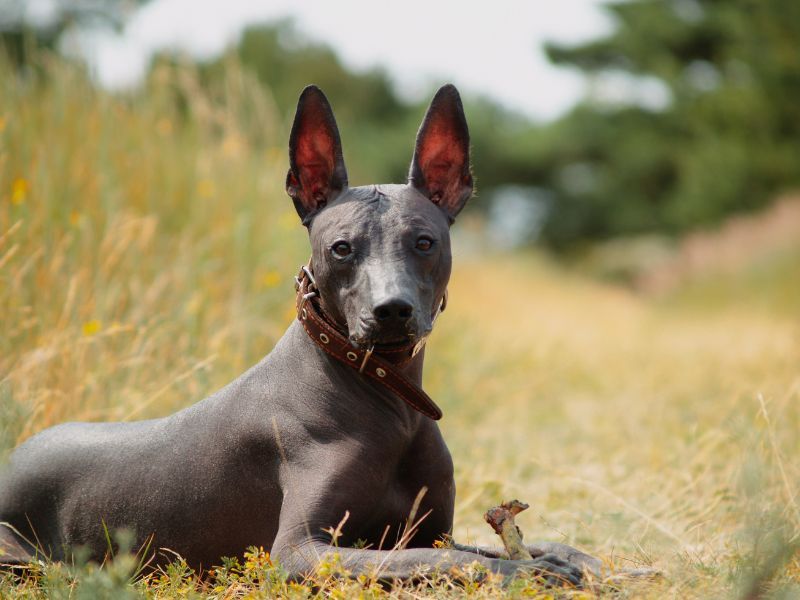
It’s pronounced “show-low-eats-QUEEN-tlee” (or Xolo for short). You’re welcome!
With their hairless bodies and ancient history, Xolos seem almost otherworldly compared to typical furry companions. California’s warm climate is perfect for these Mexican hairless dogs, who need sun protection but thrive in heat.
Dating back over 3,000 years, Xolos were considered sacred by the Aztecs and believed to guide souls to the underworld. Today, they’re gaining popularity among allergy sufferers and those drawn to their primitive elegance.
Despite their serious appearance, owners describe Xolos as surprisingly affectionate.
9. Finnish Lapphund
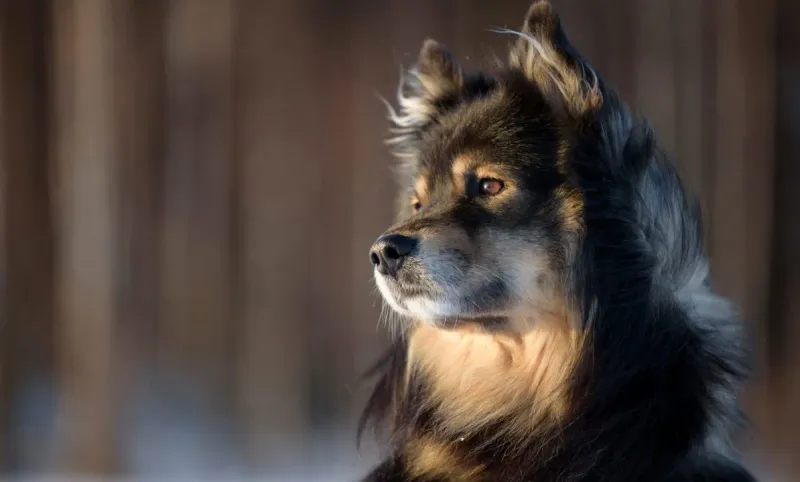
Have you ever seen a dog that looks like it’s genuinely smiling at you? That’s the Finnish Lapphund! I met my first one at a Northern California dog show, and its friendly expression instantly won me over.
Originally bred by the Sámi people to herd reindeer in the Arctic, these fluffy spitz-type dogs are now capturing hearts in California’s cooler northern regions.
Their gentle, family-oriented personalities make the grooming worthwhile. Despite their wolf-like appearance, Lapphunds are incredibly social and known for their “smiling” expression that makes them appear perpetually happy to see you.
